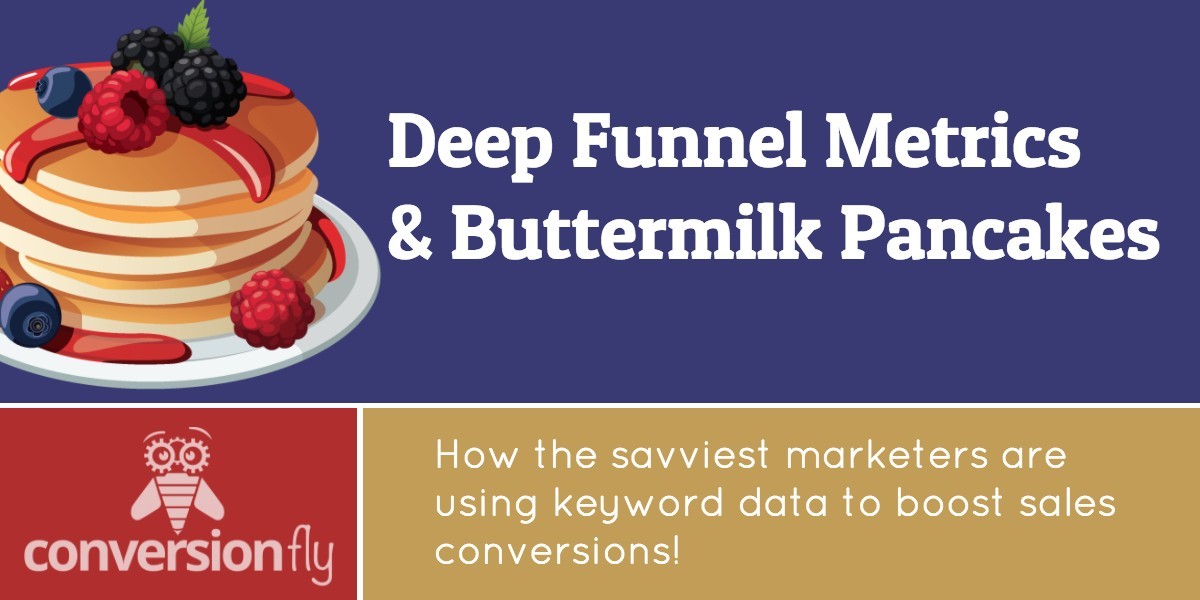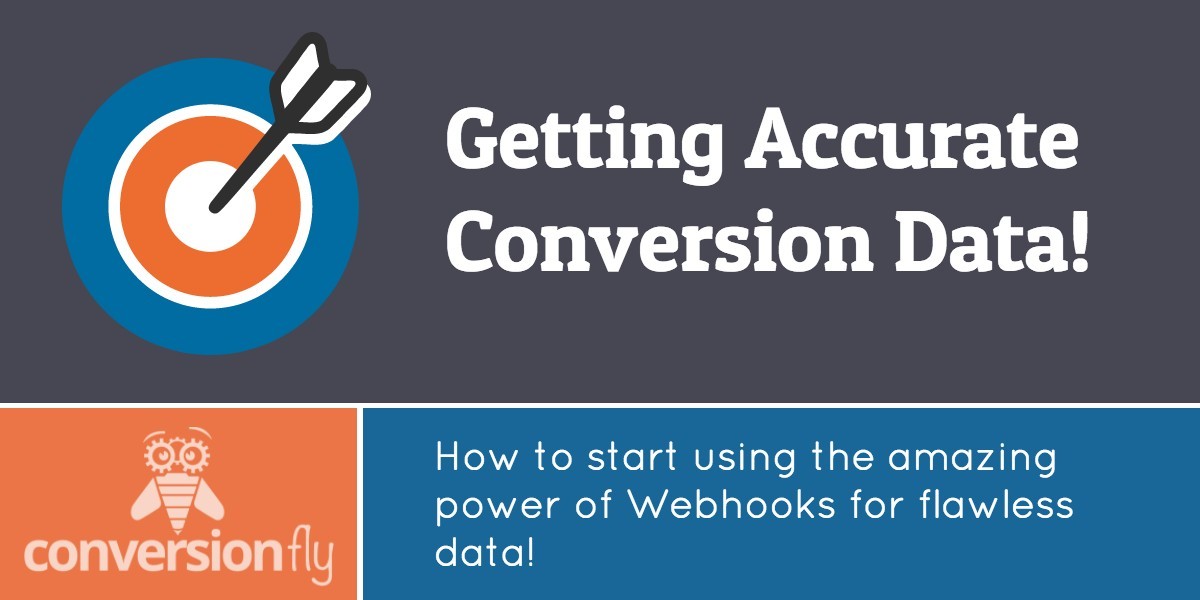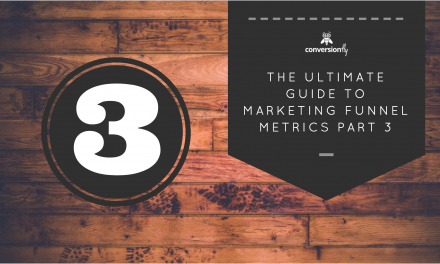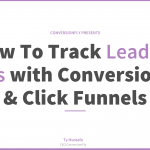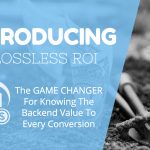By the end of this short article, you are going to understand the difference between shallow and Deep Funnel Metrics. More importantly, you’re going to understand why using Deep Funnel Metrics is the only way to intelligently and mathematically scale your business.
Believe it or not, even though the concept Deep Funnel Metrics may sound intimidating or more complex, you are about to discover how these numbers will radically simplify your job as a marketer. Making sound marketing decisions is about to get much easier and stress free for you…
In order to help cement in your mind the critical importance of Deep Funnel Metrics, you need to listen closely to a lesson about… buttermilk pancakes.
Who doesn’t love pancakes!? I do. My kids do. You probably love them too.
If I want to make a beautiful buttermilk pancake… perfectly fluffy… golden crisp edges… how many eggs do you use?
What if I tell you, I’m making buttermilk pancakes this morning and I am using 37 eggs. Is that too much? Your first reaction might be, are you egg-agerating!? You must be nuts (also great in pancakes).
But then I might tell you I’m cooking a pancake breakfast for the men’s auxiliary club. In which case, I probably need 37 eggs (which of course would be extreme if I was only cooking for my 3 kiddos).
On the flip side (the puns keep coming), if I said I tell you I am only using 1 egg to make pancakes for an army of hungry men, you will warn me that it’s not enough.
What’s the point?
These numbers mean nothing without context. The concept of too much or too little, too high or too low, is meaningless without context.
The same principle applies to your marketing metrics.
When I first started my journey as an internet marketer all I looked at were shallow funnel metrics. Metrics like cost-per-click and earnings-per-click. It’s all I looked at. And how I made my marketing decisions.
You see, there are two sides to every marketing equation… how much did you spend and how much did you make.
So while these shallow funnel metrics I just mentioned can be useful in some ways, they do not tell both sides of the story. And they are not the metrics you need to be using to scale your business.
Cost-per-click only (CPC) considers the expense side of the conversion equation and ignores whether or not we generated any money.
Earnings-per-click (EPC) tells us how much we made but ignores how much we spent. They each only tell one-side of the story while ignoring the other. Like when I told you I was making pancakes with 37 eggs. That’s why we refer to these types of metrics as shallow funnel metrics.
On the other hand, there are metrics that tell the full conversion story. Metrics that take into account both the revenue and expense side of the equation. These are what we call Deep Funnel Metrics.
Two examples of Deep Funnel Metrics are:
* Profit Per Lead (PPL): Calculated as the amount of revenue generated per lead minus the cost per lead.
* Return on Investment (ROI): Calculated as the total revenue generated minus the cost to generate that revenue divided by the investment (or ad expenses).
So why do these Deep Funnel Metrics make your life as a marketer and business owner dramatically easier? Because when it comes to making key decisions about scaling your business there is no more guessing or subjectivity.
There is no more… well I think this ad is working. Or I ‘guess’ we should renew this ad spend. No opinions. No guessing. Simple numbers.
At the end of the day the big marketing decision you need make – to spend or not to spend become simple.
You look at these deep funnel metrics, specifically PPL and ROI, and ask: is this marketing activity making us money?
That’s it! Who cares about those shallow funnel metrics like CPC and EPC!?
Yes, I understand from a traffic management standpoint you may want to optimize your ad spend by looking at your cpc or epc.
But, when it comes to the big strategic decisions, it doesn’t matter what your CPC or EPC is.
Is CPC of $.50 good? Is a CPC of $9.00 bad? You don’t know (just like the eggs and the pancakes). Not without the context of Deep Funnel Metrics.
If you can spend $1 today and get $1 or more back tomorrow, would you do it (regardless of the CPC or EPC)?
Of course you would! You would choking off your business growth if you didn’t.
If you can acquire fresh leads and new customers while recouping most or all of your ad spend, that’s the key to scaling.
You see when you begin to use Deep Funnel Metrics to guide your decisions, there is no more agonizing about where to spend your hard earned marketing dollars.
You test small. You track. And you look at your Deep Funnel Metrics which tell you your complete conversion story.
You let the numbers decide. You let the numbers lead you.

